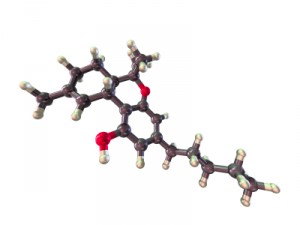We want to do a prevention program for 10th grade students in our school. The main drug here is marijuana. The surveys say that’s the most common in our community.”

It’s the most common illegal drug in many communities. Pretty much wherever it hasn’t been legalized. And that presents some challenges for prevention.
Last I read, more than 100 million Americans had tried cannabis, most before age 17. Those numbers are closer to alcohol and tobacco than heroin or Oxycontin. For many kids, experimenting with pot is like sneaking smokes or underage drinking — a rite of passage to adulthood.
The good news: most kids who experiment with cannabis do not go on to develop dependence (a ‘cannabis use disorder’, in clinical parlance). Maybe 9- 10% do. Compared to heroin or cocaine or cigarettes, that’s a tiny percentage. But given the vast number of users, it represents a very large number of people who have problems with cannabis.
One difference between today’s cannabis and the stuff that floated around in the 60’s, 70’s, and 80’s: the modern version is likely to be quite a bit more potent. We have amateur scientists to thank for that. Increased potency ups the ante in terms of the risk of dependence. Cannabis for smoking does produce tar, probably four or five times as much as a cigarette, so long-term users conceivably increase their cancer risk. There are some well-documented effects on learning and memory, particularly among young people (your target population). And of course, the much-discussed ‘stoner syndrome’ involving apathy and general loss of interest in ordinary activities. Your kids will have observed that among their peers.
Put it this way: cannabis isn’t good for you. Especially if you’re an adolescent. So a prevention program is a sound notion.
But you probably can’t rely on old-style scare tactics with cannabis, because use is too widespread. Imagine a student sitting in the school auditorium listening to a teacher or police officer insist that cannabis makes you less intelligent. Meanwhile, he knows that the kid in front of him, an honor student, smokes pot every weekend. Who’s he gonna believe? His own observation, of course. And worse still, he’ll dismiss the rest of the speaker’s message as bogus.
A better approach is motivational. Start the discussion more generally, about goals the kids may have for themselves and their future. Those goals might be hidden, but every kid has them. Gradually introduce the subject of drug use and ways in which it might hinder one’s prospects for achieving those personal goals. Provide facts about drug effects in the context of the discussion, rather than via lecture. Avoid arguing about legality. Kids have a finely honed sense of inconsistency, and many of our drug laws don’t make much sense in the light of examination. Defending them just inadvertently reinforces resistance.
Instead, support the idea that every individual has a choice to make, and whether to smoke pot is just one variation on that theme. It’s ultimately up to them. Since that’s a true statement, it shouldn’t be a difficult sell to your audience.
By the way, prevention programs aren’t aimed at kids who already have a problem. It’s too late to reach them with conventional means. They need treatment. Your target is the kids who are still deciding.









